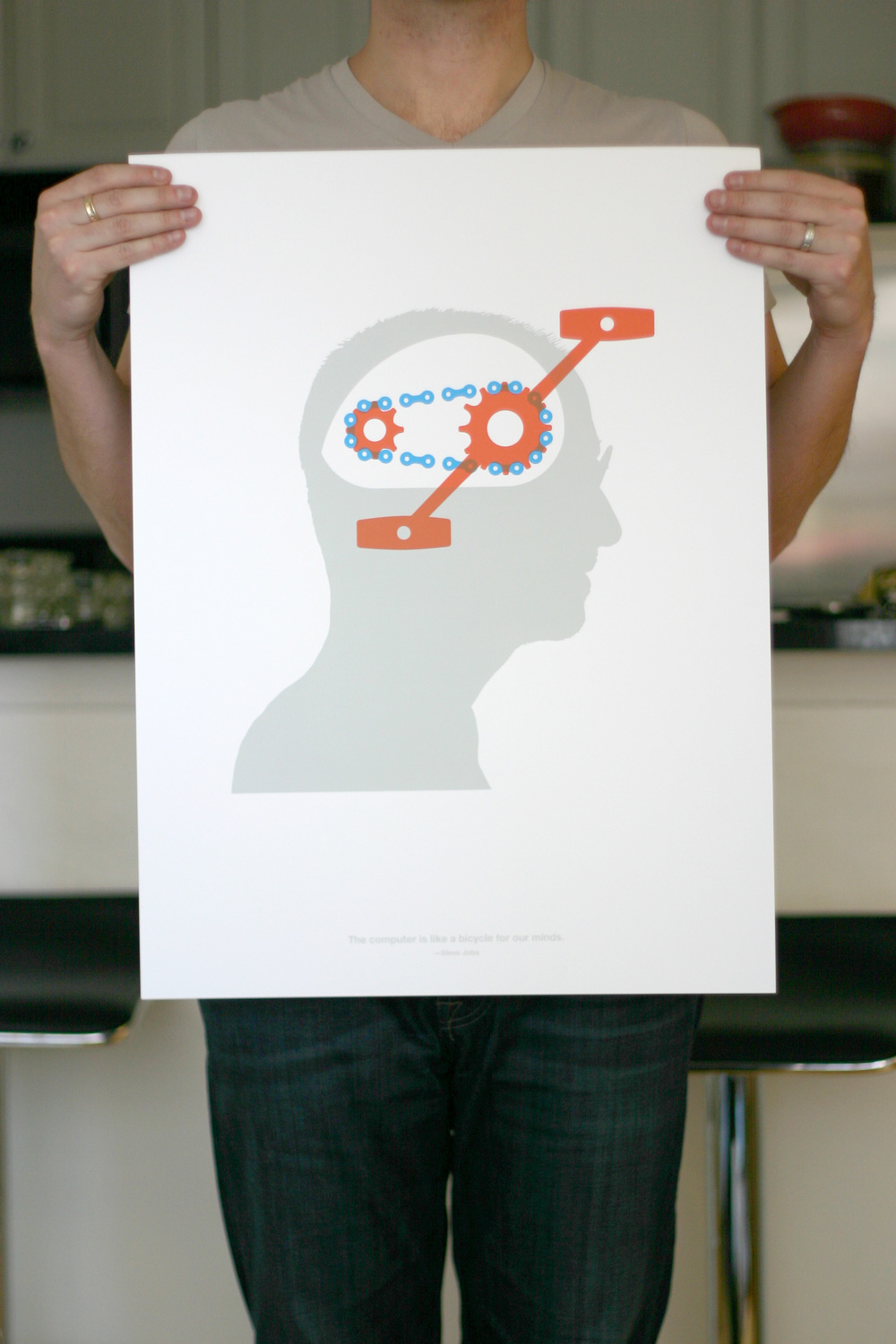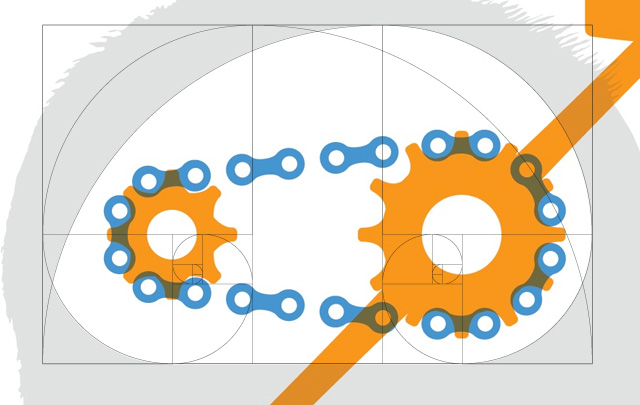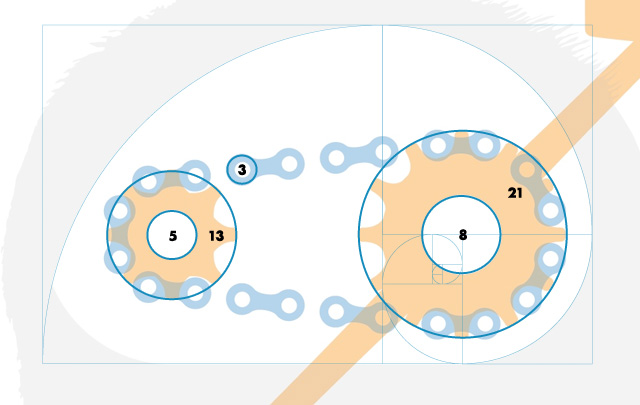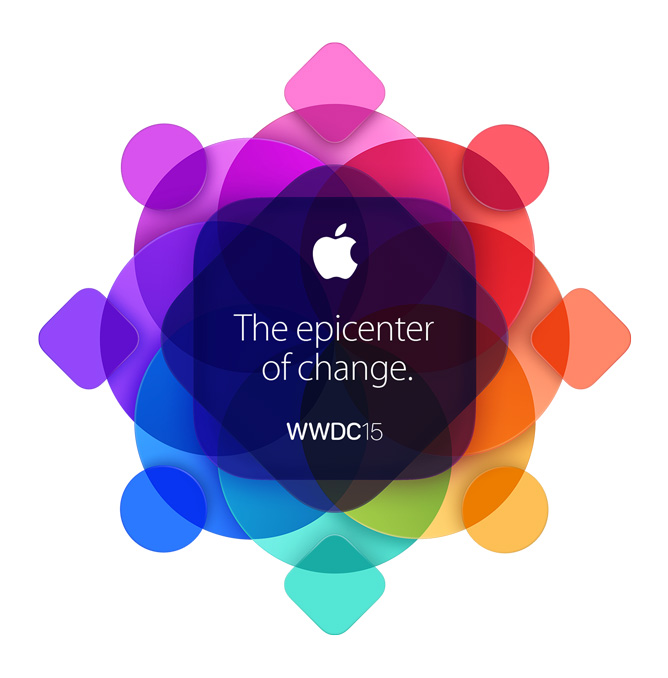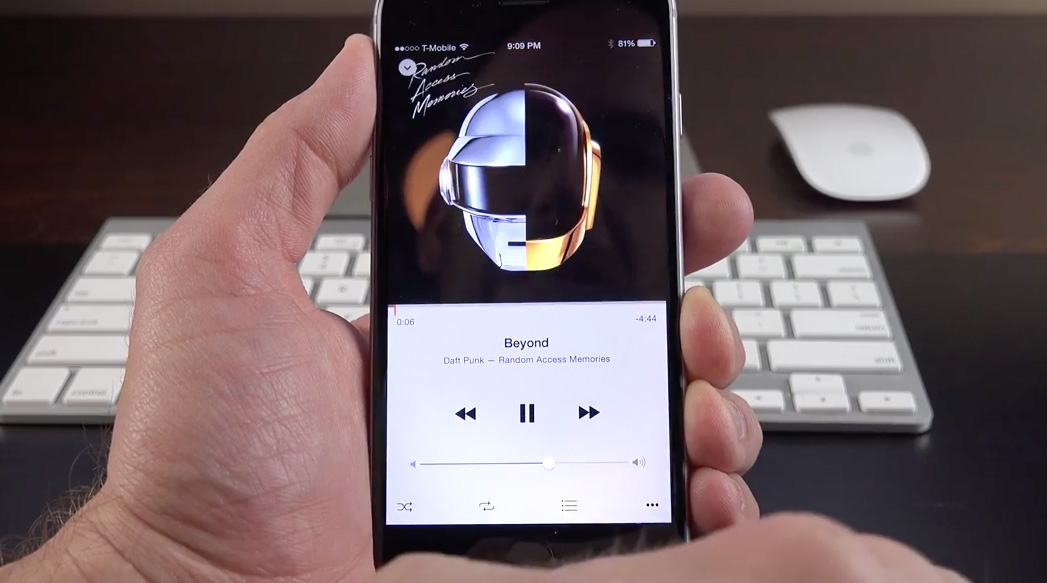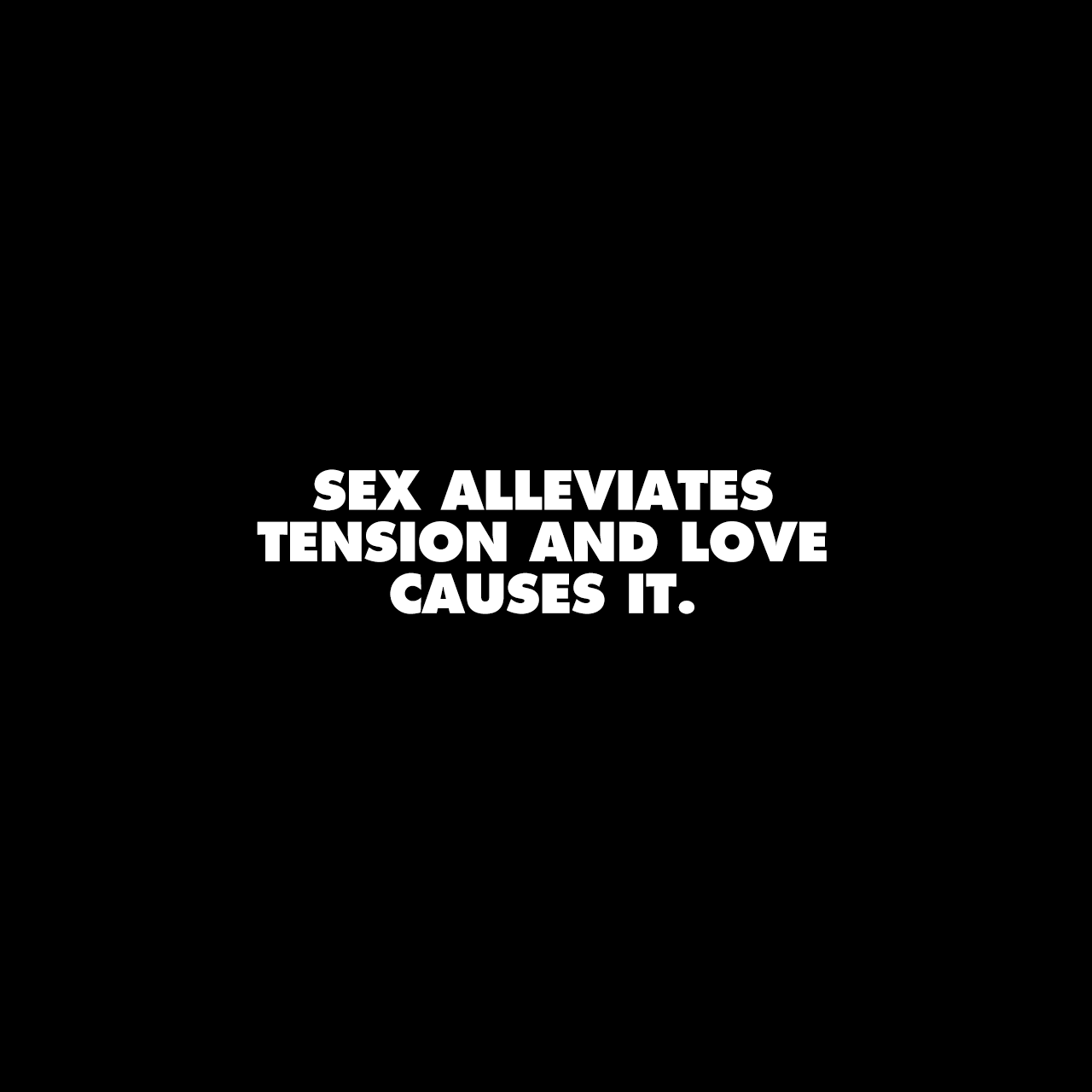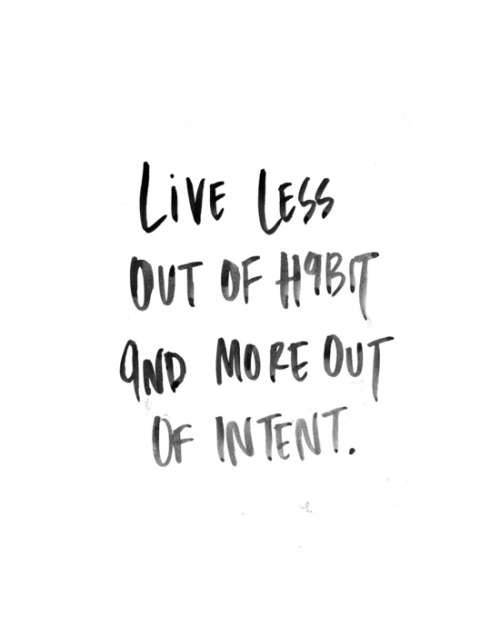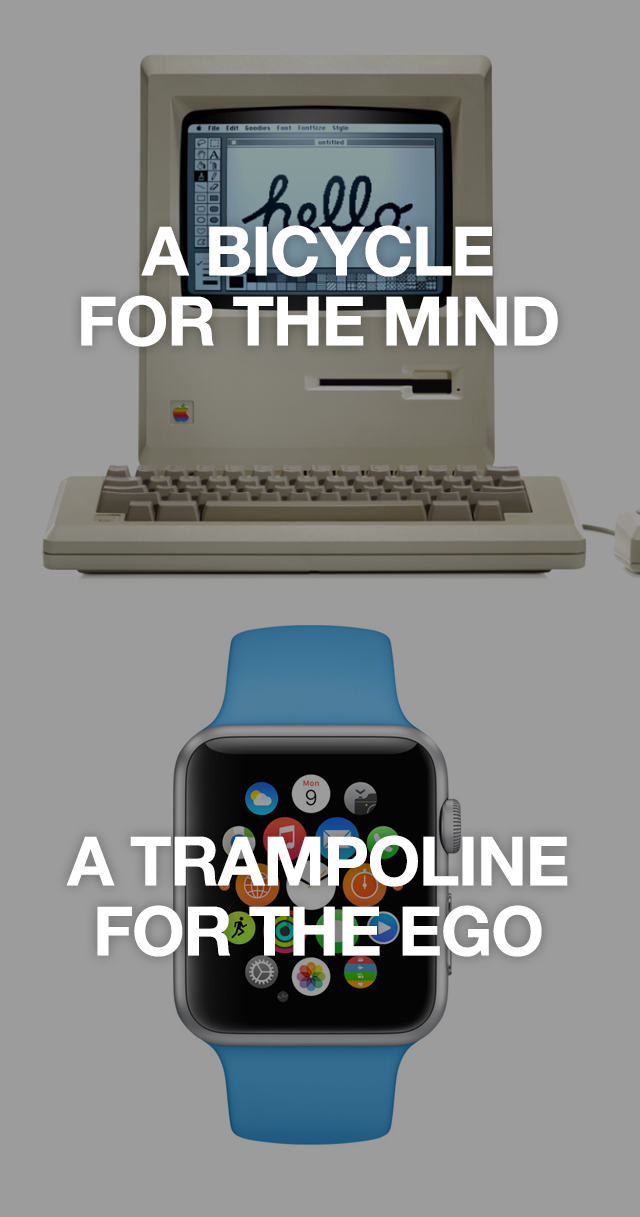Steven Levy on the problem with his ever-increasing notifications:
But it’s hard to do this right when every single app wants to send you notifications. Even given that the system will limit itself to notices worthy of instant notice – and The Melvin Renaming is evidence to the contrary – there are just too many notifications elbowing their way into what should be a narrow passage labeled, “Stuff I absolutely need to see.”
This decreases the value of all notifications. If you want an example of another realm, consider the situation of “alarm fatigue” in hospitals, as recently exposed in a book by Dr. Robert Wachter, excerpted here on Backchannel recently. Of the 350,000 drug prescriptions a month that Wachter’s hospital issues, pharmacists get alerts on nearly half of those. In the hospital’s five Intensive Care Units, bedside cardiac units alerts go off 187 times – per patient, per day. That’s 381,560 a month. If you weren’t inured, you’d go crazy. But what about the really serious ones?
We aren’t at that level of desperation yet with online notifications. But the Age of Notifications is about to face its biggest mess yet, as alerts move from phone screens to watch faces. Notifications are just about the entire point of a smart watch – you’re not going to be reading books, watching movies or doing spreadsheets on them. And a tilt of the wrist is the perfect delivery system for those little blips.
I say these are his ever-increasing notifications because I don’t have this problem. Because I turn off most notifications on my iPhone. The only time my phone vibrates is when I receive a phone call. You know, that old-timey medium were you hear a voice and you talk into your device and they can hear you.
I understand I’m an outlier in how I handle my notifications, but I still don’t have any sympathy for these self-made “victims” of notifications. I am in charge of my device, my device is not in charge of me. As George Carlin said, I have this real moron thing I do, it’s called thinking. When I install a new app, and that app asks permission to send me notifications, I think for a minute if really makes sense for Flappy Bird or Instagram to send me notifications. The answer is usually no.
I have some advice for anyone who feels their device is running and ruining his or her life:
- Delete Facebook from your device
Now those hours you’d normally be wasting following the lives of other people? Use a small fraction of that time in the settings area of your iPhone or Android phone. Familiarize yourself with how notifications are handled and turn off the unimportant ones.
I’m normally a big fan of Steven Levy, but shame on him for writing that piece.
